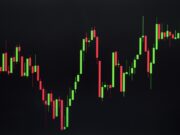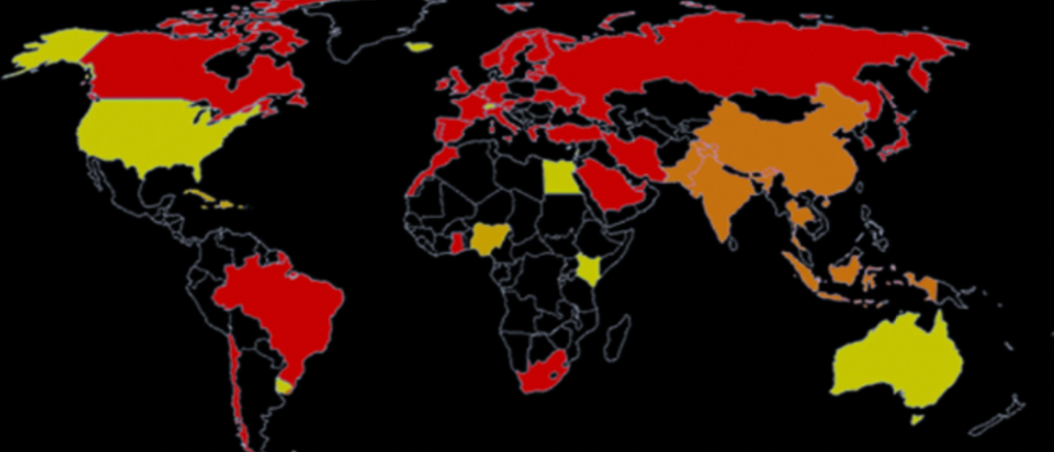Energy stocks and exchange-traded funds (ETFs) were a popular bet in 2022. Russia’s war with Ukraine, higher travel demand, and other drivers sent U.S. crude oil prices from around $75 at the start of 2022 to multiple peaks above $120 across the year. The energy sector was far and away the best performer of 2022. The Energy Select Sector SPDR Fund (XLE) delivered a massive total return of 64.2% versus a negative total return for the S&P 500 and nine of its eleven sectors. But after a year like that, many wonder where energy is headed in 2023.
The previous year’s tailwinds will be almost impossible to replicate. Still, certain sparks – including China’s reopening, continued conflict in Ukraine, and the possibility of more surprise output cut announcements from OPEC+ – could sustain a floor under oil prices. While the odds are against energy repeating as the S&P leader this year, there is reason to believe energy still has more gas in the tank.
Considering the industry’s nuances, choosing one or two energy stocks to invest in can seem intimidating. An ETF is an alternative that lets you profit from energy sector tailwinds without having to pick individual stocks. In this article, we’ll take a look at three energy ETFs to consider for long-term investors who want exposure to solid companies without the risk of choosing just one or two names.
Energy Select Sector SPDR Fund (XLE)
The Energy Select Sector SPDR Fund is the most significant energy ETF on the market by far. At $38 billion, XLE has roughly 5x as much in assets under management as No. 2, the Vanguard Energy ETF (VDE) ~$8 billion in assets under management.
XLE, which will celebrate its 25th birthday next December, is pretty cut-and-dry. It’s a collection of the energy-sector stocks found within the S&P 500. In other words, you’re getting a concentrated heap of big, blue-chip, U.S.-based oil-and-gas exposure. The fund is weighted by market cap, which means the bigger the stock, the larger the stake. Currently, its positions in Exxon Mobil (XOM) and Chevron (CVX) combined account for well over 40% of XLE’s assets. So if concentration is a concern, a different strategy may be more appropriate. The fund has a desirable 0.10% expense ratio and a 3.8% dividend yield.
[stock_market_widget type=”accordion” template=”extended” color=”#5679FF” assets=”XLE” start_expanded=”true” display_currency_symbol=”true” api=”yf”]
Invesco S&P 500 Equal Weight Energy ETF (RYE)
If XLE’s massive allocations to Exxon and Chevron make you nervous, there’s a way to get diversified energy exposure that’s much more evened out. The Invesco S&P 500 Equal Weight Energy ETF is one of the few energy ETF options not weighted by market cap.
Like XLE, RYE invests in the S&P 500 Energy Index, which means a current portfolio of the same 23 stocks. However, instead of weighting them by market cap, RYE starts every stock off at the same weight each quarter. The stocks might move up or down over the next three months, but regardless of how big or small they’ve gotten, RYE will rebalance them at the same weight come the next quarter.
Currently, Chevron is still a top-10 holding but at under 5% of assets. Marathon Petroleum (MPC) and Occidental Petroleum (OXY) – which combined are worth $108 billion, versus Chevron’s $324 billion – are the two top holdings, with current weightings of 4.5% apiece. This Invesco fund will do the trick if you want to rest easy knowing you’re not carrying any excess single-stock risk. RYE has an expense ratio of 0.4% and a dividend yield of 3.7%.
[stock_market_widget type=”accordion” template=”extended” color=”#5679FF” assets=”RYE” start_expanded=”true” display_currency_symbol=”true” api=”yf”]
iShares Global Energy ETF (IXC)
Energy inflation isn’t a purely American phenomenon. The rest of the world has also suffered from higher oil and gas prices … and many international oil giants have profited along with their U.S. counterparts.
The largest, most liquid fund covering a worldwide spectrum of energy equities is the iShares Global Energy ETF (IXC) – a nearly $2-billion-plus portfolio of 52 companies that dominate global energy production, refining, storage, and other industries. The fund includes both domestic and international stocks. The official breakdown is U.S. 60%/rest of the world 40%, with the U.K. (12%), Canada (11%), and France (5%) representing the top non-American country weights.
Giants Exxon and Chevron still lead the way here, at 17% and 11%, respectively. But this fund also provides significant exposure to international energy giants, including Britain’s Shell (SHEL) at 8%, BP (BP) at 4%, and France’s TotalEnergies (TTE) at 5%. If you’re looking to defray a little geographic risk, IXC is one of the best energy ETFs to do so while still printing a nice profit from higher global commodity prices. The fund has an expense ratio of 0.4% and an attractive 4.7% yield.
[stock_market_widget type=”accordion” template=”extended” color=”#5679FF” assets=”IXC” start_expanded=”true” display_currency_symbol=”true” api=”yf”]
You might also like:
- A.I. Gamechanger Says “$2.50 Stock Set to Breakout Overnight”
- Mysterious Gold Leverage Just Announced
- Elon’s New A.I. Device is About to Shock the World
- Prepare Now Before This Looming $2 Trillion D.C. Shock
- Buy Elon Musk’s New $1 Play before June 30
- Write this ticker symbol down…
- The Crypto Melt-Up has Begun
- “A.I. is a Tidal Wave” – Here’s What to Buy
- Beware Executive Order 14067
- #1 AI Stock for 2024 and Beyond






















